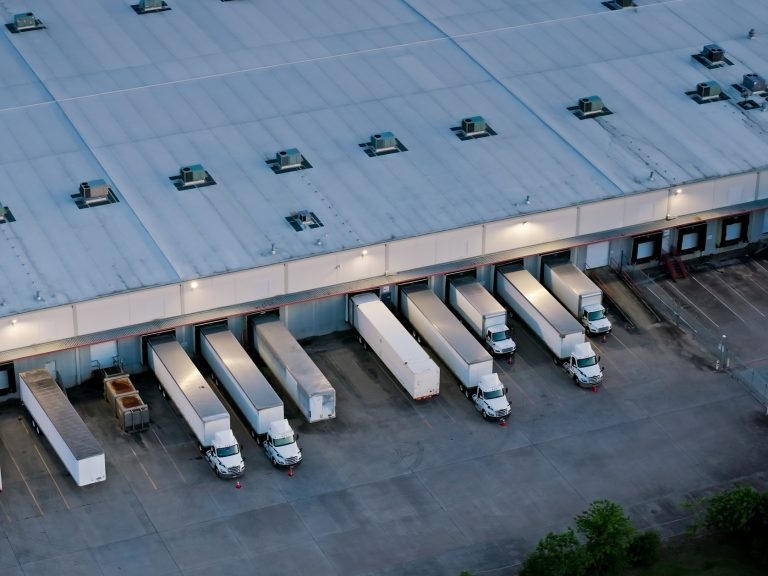Mirvac boss Susan Lloyd-Hurwitz is one of many business leaders welcoming the new era of co-operation between government, business and unions, declaring: “I just hope it continues.”
“It’s tough out there and the increase in transparency and co-operation between governments and business is welcome,” she says.
The crisis has hit Mirvac from many different angles, across office, retail and residential projects.
But for the near term, “construction is working well and all is working to plan”, she says.
Lloyd-Hurwitz rejects the notion that people used to working from home will want to stay there.
In some circles this could translate into less demand for office space, but the Mirvac boss disagrees.
“After six weeks in lockdown everyone is super-keen to return to head office and a space to congregate,” she says.
“The importance of the office is as much a social connection as business.
“It’s not natural to keep people apart and the need to congregate is not going away.”
Business has got used to doing things differently, she says. Decision-making is quicker and often involves less people.
Other initiatives under way at government level include NSW’s ready-to-go projects initiative, which streamlines the planning process on new projects
Tax reform is another, with Lloyd-Hurwitz a strong advocate for lower corporate taxes and a broader land tax to replace “inefficient taxes like stamp duty”.
For investors in build-to-rent properties, Mirvac would also like some rationalisation from the present position, which has foreigners paying 30 per cent tax and locals 15 per cent. “In a post COVID-19 world with high rates of unemployment the concept of build-to-rent is attractive,” she says.

Mirvac describes its EY Centre, on Sydney’s George Street, as a “workplace of the future”. Picture: Brett Boardman.
Retail has been hit hard and Lloyd-Hurwitz notes that “physical retail has moved from being a necessity to a choice”.
“In retail the audience you get is more than just retail sales performance,” she says.
The crisis has created what she sees as a real platform for change.
“The pain and hardship are giving rise to innovation in our daily lives, like drive-through flu shots and click-and-collect centres in shopping malls.
“Governments of all persuasions are working together in an attempt to save jobs and save lives. We are all doing things differently.”
The crisis hit just as Mirvac was rolling out its Live Nation Happy Places on top of its Sydney Broadway centre.
The concept is a “multi-sensory-themed room” dubbed as the world’s most “instagrammable exhibit”, an attraction to bring people into the centre for reasons other than shopping.
When they are there, then hopefully they shop.
In Scentre’s Living Centres, by way of example, 42% of tenants are classed as “experience services” like restaurants, cinemas, gyms and doctor surgeries, previously not considered part of a shopping mall.
Mirvac will also shortly roll out its first build-to-rent apartments in Sydney, well-timed for the present environment.
This involves developing residential properties aimed at renters, so instead of selling the apartments you collect rental income.
The model is based on US developments. A third of Australians are long-term renters, and the buildings are designed for them.
The Clean Energy Finance Corporation is a cornerstone investor in the Sydney Indigo investment at Sydney’s Olympic Park. The project will have 40 per cent less greenhouse gas emissions than normal and aims to bring the same energy efficiency to rental apartments as in owner-occupier properties.
Mirvac’s top executives took a 20% pay cut this quarter, while staff took 10 to 20% but with access to holiday and other leave to minimise the pain.
For the moment Lloyd-Hurwitz says: “It’s all about customers and communities.”
This article originally appeared on www.theaustralian.com.au/property.









